The opportunity to actually write letters decreases because the advent of computers that can input characters, such as word processors and personal computers. It has been becoming convenient and the accuracy of convenience increases. On the other hand, I do not think that the opportunity to actually write letters will be completely lost, and I do not want to lose it.
If I say so, I sometimes forget about how to write Kanji (Chinese character), make mistakes to write kanji or sometimes I am stunned by the poor character I wrote. It has been a few years since I need to face to write letters by hand… I tried practicing with the pen writing exercise book, but it does not last long and loses the temptation of convenience.
While watching Japanese paintings, ukiyoe prints, picture scrolls, old documents at the exhibition of the times, I thought “Vertical writing looks beautiful” as I felt restless with my hand writing for a while. And I thought, okay I try! then I went to the stationary shop. It is high level to write Japanese with brushes, and I found a nice fountain pen. I bought a nice one, it is perfect for writing comfortable, the appearance and the price is good. ” rel=”noopener” target=”_blank”>This one. It is very easy to write because the pen tip is heavier, and the look is cool.
I wrote Japanese characters with vertical writing immediately, that was very good feeling! I can write smoothly and I am not very tired. After that, writing it for a while, the whole is looking and it comes to balance with nature like the kanji is larger, the hiragana or katakana is smaller etc. It is mysterious because stretch my back naturally, and try to express something in Japanese as much as possible without using foreign words. And the looks are beautiful! (compare to my horizontal writing in Japanese though).
As I get used to it for a while, it seems to have a good balance the large and small letters when seeing as a whole. I feel like I can write quickly, and I feel comfortable writing more than anything. I felt somewhere I feel this comfort, I thought what was it? and I got it, the feeling is similar to write something in English.
I felt “I see!”. Well, basically Japanese letters used to be written with a brush, and the vertical writing was natural way. It is quite natural matter to be look the most beautiful vertical writing, and of course it is easy to write. I am attracted to something that both making sense and beautiful, I am totally satisfied with this conclusion (my theory). From then on, I became more interested in things written in vertical writing.
I found that the brush characters are easy to understand the strength, the sentiment of the writer is transmitted well. It seems like feeling comfortable if I wrote, and also it is fun to imagine the situation at that time with the sensation by hand writings. There are many things that I can not read because it is too good (classic) and you do not understand the meaning, but it is also fun to imagine the situation by the letter after a historical incident written by Sengoku Commander.
A letter from Mitsuhide Akechi = Minokamo City Museum

I went side way, here is my point of today; I did a big discovery! which is a way to express the best look in Japanese is in vertical writing. Please try it if you are interested in, I think it is easy to start by using ordinary note vertically. One line is maybe a bit thin, so I use two lines, it is easy to take balance if you use the center line. As one goal I would like to use brush sometime, but I would like to keep in touch with Japanese without being overrepresented today.
Well that it today, so long.
The oldest story in Japan “Taketori Monogatari (The Tale of the Bamboo-Cutter)”, I don’t know who write the letters but it is just beautiful.
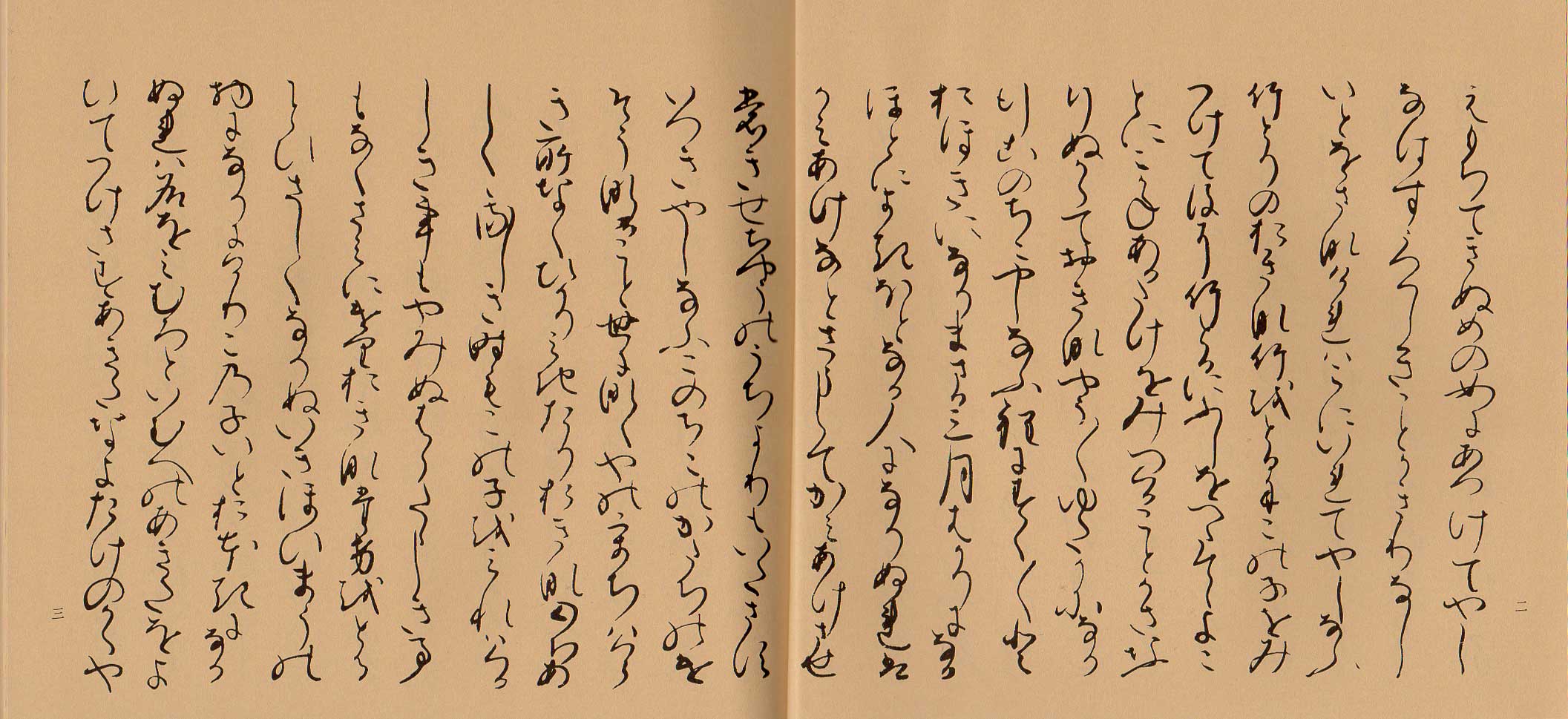
You can see various letters from Japanese great literary figures, samurais or painters from “Autograph manuscripts and original artwork of well known people” (in English)
*The main image of today is two of the Ogura Hyakunin Isshu (a classical Japanese anthology of one hundred Japanese waka by one hundred poets) from Noda City Library website.


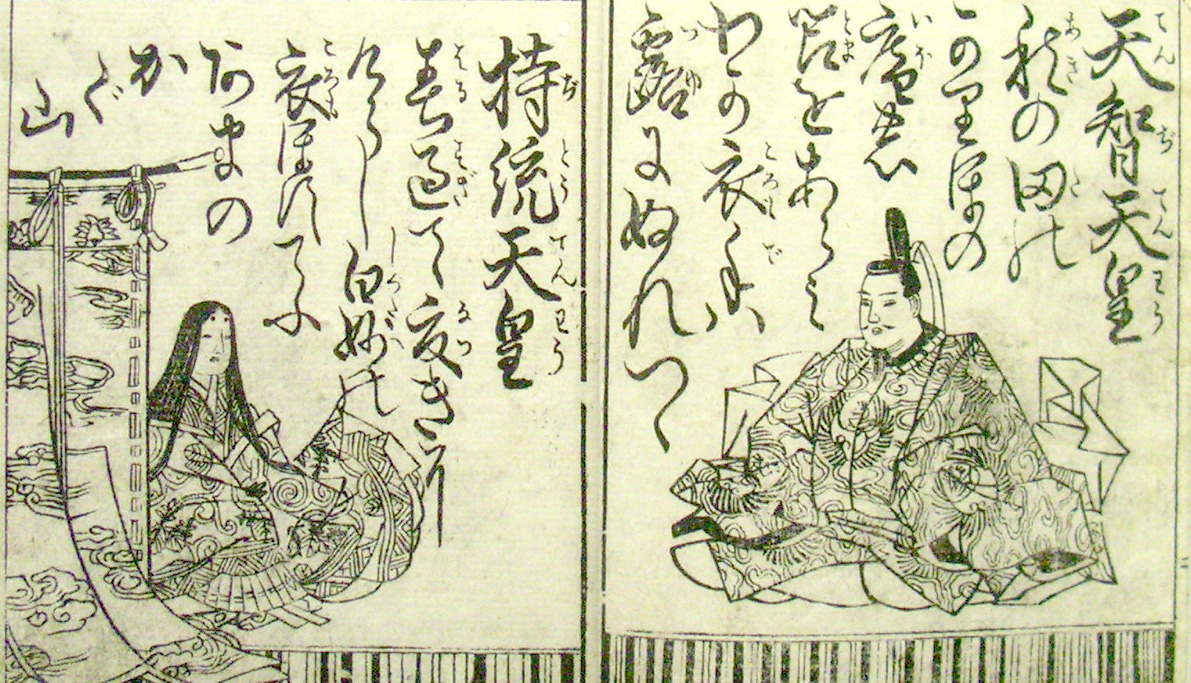
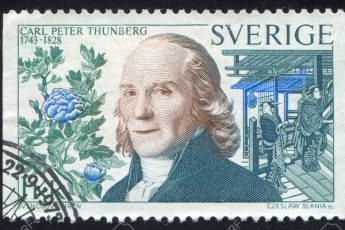
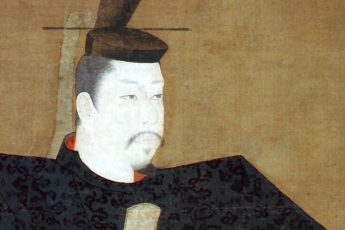
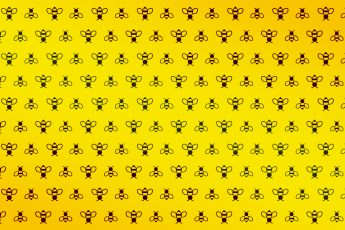
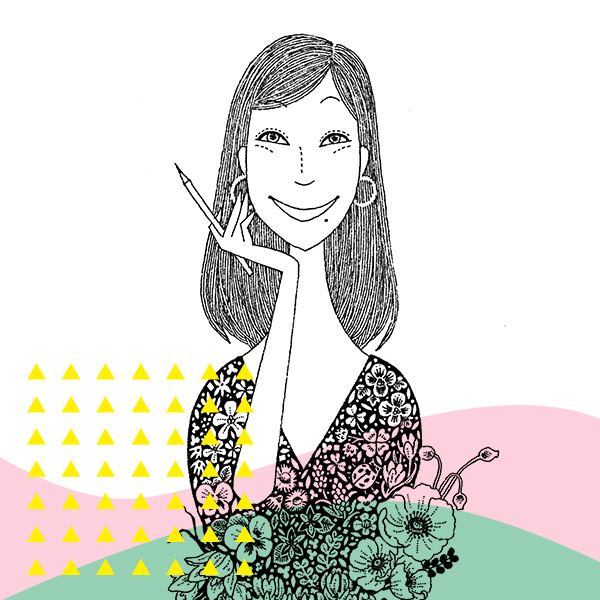
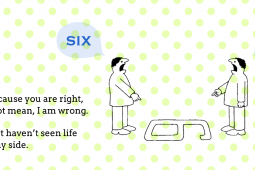
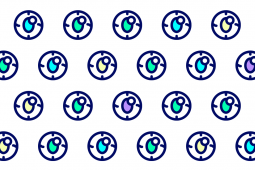

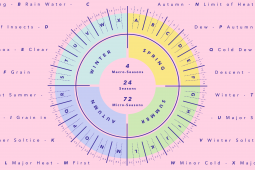
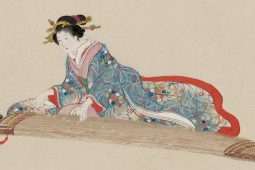

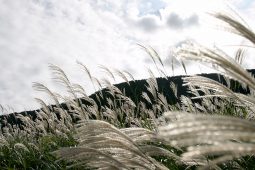
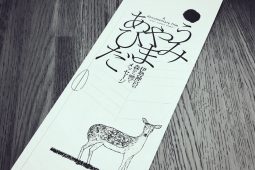

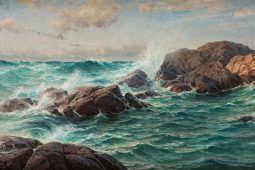
Leave a Comment